Mystery of Chris Dawson’s missing wife Lynette spans 40 years
On December 5, 2018, Dawson was charged with murder 36 years after his wife disappeared and extradited to NSW. He pleaded not guilty and has always strenuously denied killing Lynette.
News
Don't miss out on the headlines from News. Followed categories will be added to My News.
Sixteen years after Lynette Dawson went missing, the police investigation consisted of only a one-page missing persons handout, a VCR tape and three cassettes of a sole interview with her husband Chris.
The lack of any early investigation of her disappearance has haunted what has become one of NSW’s most notorious missing persons cases as courts have heard it was mired in indifference and missed chances.
The integrity and thoroughness of the police investigations came under fire from Dawson’s defence team during his trial for killing his wife. They argued that police never looked for Lynette but only ever assumed she had been killed by her husband.
Homicide detectives now review all suspect missing person reports on a daily basis in an overhaul of the Missing Persons Unit.
When Chris Dawson reported to police at Mona Vale Police Station on Sydney’s northern beaches on February 18, 1982 that his wife had gone missing six weeks earlier, little happened other than filing away the report and updating it annually.
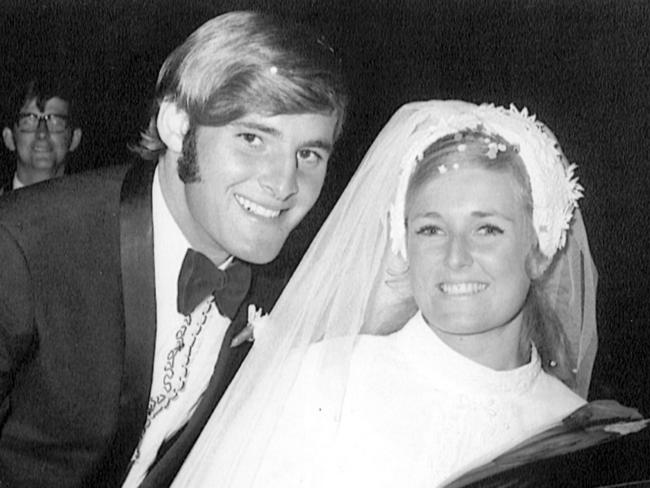
Dawson told police that he had dropped off his wife at a bus stop in Mona Vale about 7am on January 9 to catch the bus into the city to shopping. He said she was supposed to meet up with him and their daughters that afternoon at Northbridge Baths where he worked as a lifeguard but she never turned up.
He told police that at the baths he was notified by somebody working in the kiosk that there was an STD phone call for him. He said the call was from Lynette who said she some time away to sort things out.
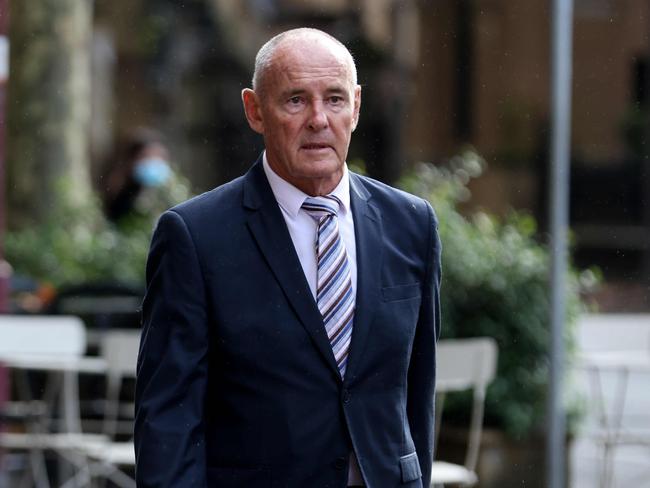
He published a note to her in the classified ad columns of The Daily Telegraph on March 27, 1982 reading: “Lyn I love you, We all miss you. Please ring. We want you home. Chris.”
Had police investigated, they would have discovered that the couple had been on the downward slope of a marriage marked by lust and betrayal.
He was having a very public affair with their schoolgirl babysitter, known as JC, who walked topless around their swimming pool and he wanted the 16-year-old to move into the family home at Gilwinga Drive, Bayview.
He wrote cards to her calling her Petal and Bub and signed them from “God”.
Despite catching the babysitter sitting on her husband’s lap, Lynette was in denial — but a neighbour shook her up.
“Lyn you can’t have her move in here, he’s f...ing the babysitter’,” the neighbour Julie Andrew told Dawson’s murder trial that she had said to her friend.
Days later Lynette had gone missing, aged 33, leaving everything behind, even her beloved daughters aged two and four. Neither she nor her body has been found.
Chris and Lynette Dawson’s marriage
The couple were both 21 when they married in 1970 at Randwick after five years together. Like his twin brother Paul, Chris Dawson had movie-star looks and an athletic build. The twins even did a bit of modelling.
Chris Dawson was a sports teacher and minor rugby league star with Newtown Jets.
Lynette was a nurse and desperately wanted to start a family and was devastated when doctors told her she would not have children. As the couple contemplated adoption, she became pregnant with their first daughter and went on to have another.

Chris would tell police she was “dotty” about the girls.
Had police investigated, they would have learned that days after Lynette went missing, the babysitter moved into her home and her husband’s bed. She told his murder trial that she was his “sex slave” as well as housewife and minder to the two girls.
Chris and JC’s relationship
When they got married two years later, it was with a ring made from Lynette’s diamond engagement and eternity rings which Lynette had left behind.
They would have learned that neither her family nor her children had ever heard from Lynette.
Dawson and his second wife moved to a remote property on three hectares of bushland at Yawalpah near Coomera in Queensland with twin Paul and his wife Marilyn as neighbours. Dawson and JC had a daughter of their own.
It was only when Dawson’s second marriage was on a downward slope of its own that homicide detectives got involved, albeit it briefly. In the middle of a bitter and nasty custody battle, JC told police that her husband had killed his first wife.
Investigation
The case landed on the desk of veteran detective Inspector Paul Mayger in May 1990, three months after he arrested the North Shore Granny Killer, John Wayne Glover.
On January 15, 1991 at Beenleigh Police Station in Queensland, Chris Dawson was finally interviewed by police with Mayger accompanied by then-senior constable Stuart Wilkins. It was eight years since Lynette had disappeared.
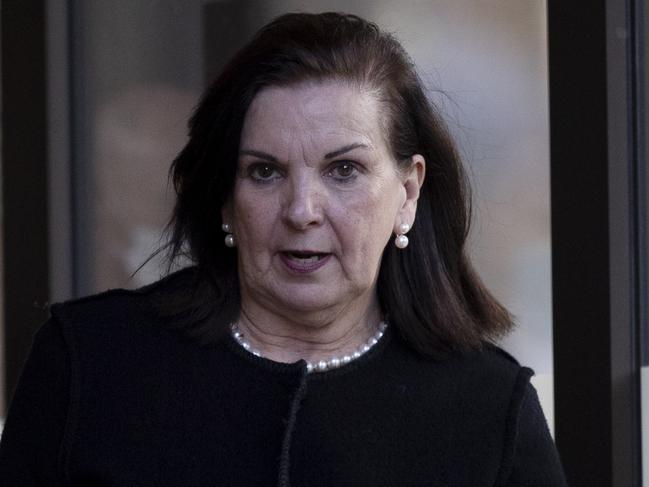
According to him, a classmate from Sydney Boys High, high-profile detective sergeant Ian “Speed” Kennedy, had told him at a school reunion about a year after his wife went missing that he had heard she was in New Zealand.
Kennedy, who was a lead investigator into the 1986 murder of nurse Anita Cobby, denied during Dawson’s murder trial that he had ever said such a thing.
The investigation was shelved in May 1992. Mayger told the court they had acted on legal advice from prosecutors with the Office of the Director of Public Prosecutions or the office of the State Coroner that unless they could refute evidence from a number of people who believe they had seen Lynette after January 1988, then the investigation probably should not proceed.
Not long after, the regional crime squads were scrapped and merged into Crime Agencies based at Strawberry Hills in the city.
Mayger said they were told to box up their years of files and briefs of evidence and clear out their offices. The documents were all stored at warehouses in Rosebery or Alexandria.
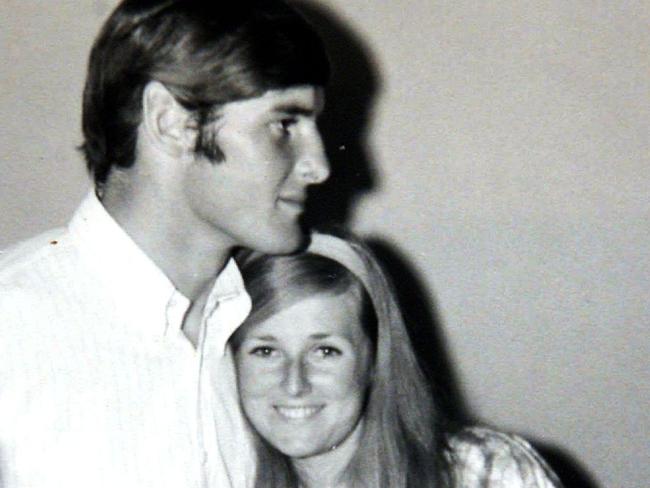
When he subsequently went to look for some documents from another case, he found the storage of them was a “disaster” with boxes piled four or five high, the top ones squashing those on the bottom which in turn had become damp from the concrete floor.
The next officer to take over was now-retired Detective Sergeant Damian Loone, who was asked in 1998 to reopen the investigation, named Operation Luzon.
He told the murder trial that all he could find was the missing persons report, the VCR and three cassettes of Dawson’s interview with Mayger.
Loone told the court that he believed the earlier police investigation was inadequate but denied calling the cops “meatheads”.
Significantly, he discovered that in December 1981 Lynette had commissioned an artist to sketch her two beloved daughters but never went to pick them up. Chris Dawson had told her that his wife had changed her mind.
Loone said he had formed the view that Dawson had killed his wife and went on to officially interview JC.
Again, potential witnesses were not followed up. Loone and his partner spoke to Phillip Day, a friend of the Dawsons, who was at Northbridge Baths on January 8, 1982, when Lynette was supposed to turn up to meet up with her husband and their daughters.
He said he meant to take a statement from Day but that never happened because of “timing restraints and other duties”. Day has since died.
He went on to reinvestigate the 1970 disappearance of three-year-old Cheryl Grimmer from Fairy Meadow Beach in Wollongong and charged a man with her murder. Prosecutors later dropped the charges.
Loone prepared two detailed and thorough briefs of evidence for two inquests into Lynette’s disappearance, in 2001 and 2003.
In 2001, the Deputy State Coroner Jan Stevenson recommended charges be laid after finding she had been murdered by someone she knew.
The-then NSW Director of Public Prosecutions Nicholas Cowdery QC refused, citing insufficient evidence for a criminal conviction.
Cowdery made the same decision after a second inquest in 2003 recommended Dawson be charged with his wife’s murder.
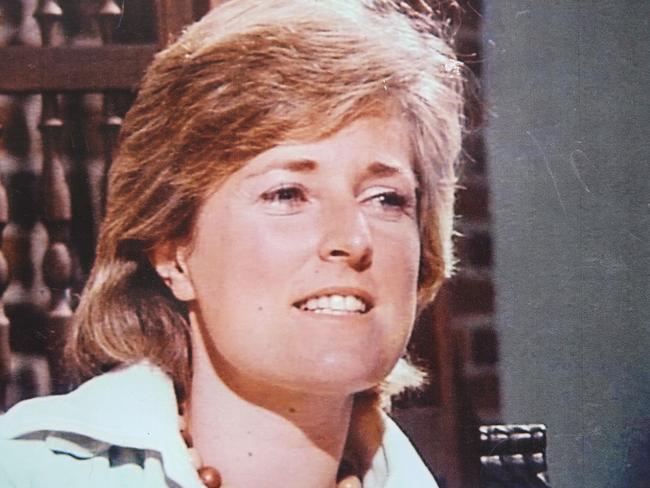
In 2011, Loone tried again to get charges laid, sending more material to the ODPP. Their decision was the same.
In 2013, Loone announced that the $100,000 reward for information leading to the arrest and conviction of those responsible for Lynette’s disappearance was being doubled to $200,000.
The third police investigation began in July 2015 with Detective Senior Constable Daniel Poole of the Unsolved Homicide Team in charge.
It was given the operation name “Scriven” and detectives reviewed the whole case as well making fresh inquiries.
In April 2017, Poole forwarded a brief of evidence to the State Crime Command Legal Advice Section with a request for advice as to the sufficiency of the brief of evidence to charge Dawson with murder.
In April 2018, Detective Superintendent Scott Cook, Commander of the State Crime Command Homicide Squad, asked the ODPP to “consider the current evidence with the view to advising in favour of instituting criminal proceedings”.
At the same time, The Australian journalist Hedley Thomas was working on what would become his world-renowned podcast The Teacher’s Pet, which was broadcast between May and December 2018, calling for Dawson to be prosecuted for his wife’s murder.
On December 5, 2018, Dawson was charged with murder 36 years after his wife disappeared and extradited to NSW.
He pleaded not guilty and has always strenuously denied killing Lynette.
But on August 30, 2022 Justice Ian Harrison found Dawson guilty of killing Lynette in 1982.
More Coverage
Originally published as Mystery of Chris Dawson’s missing wife Lynette spans 40 years




